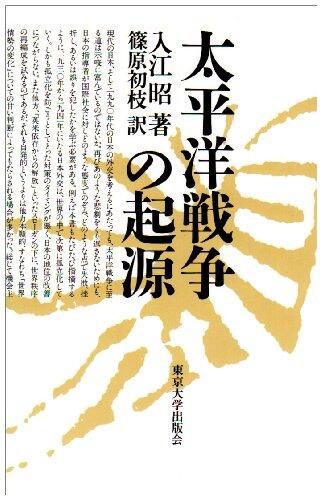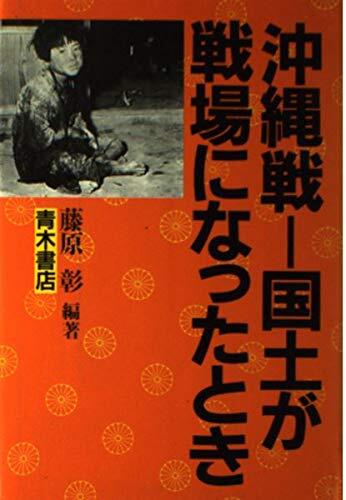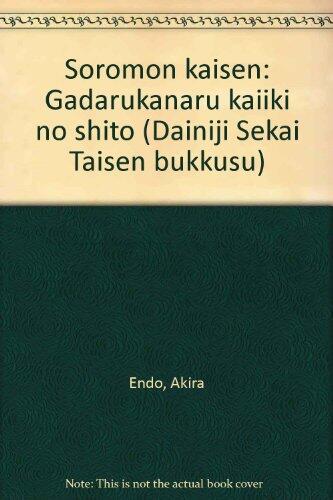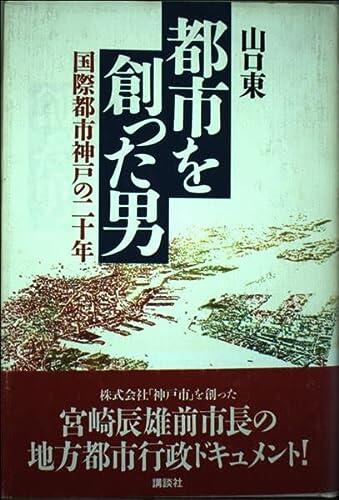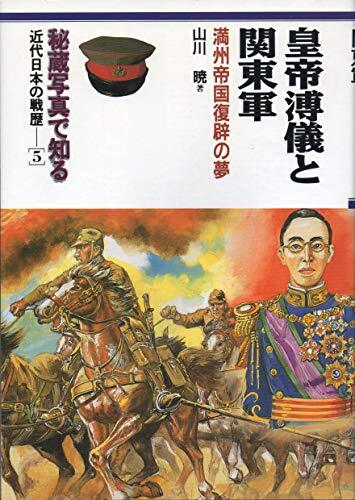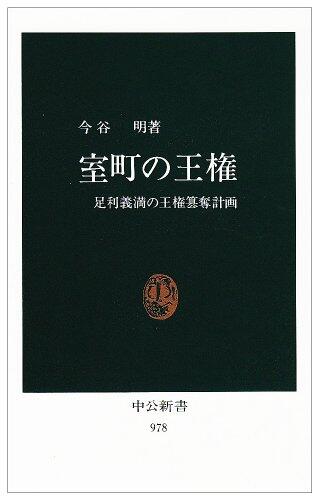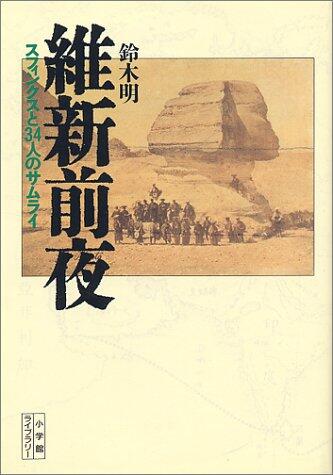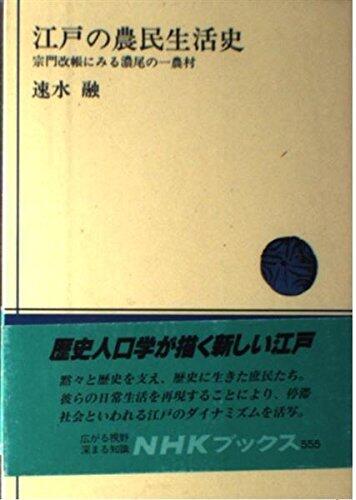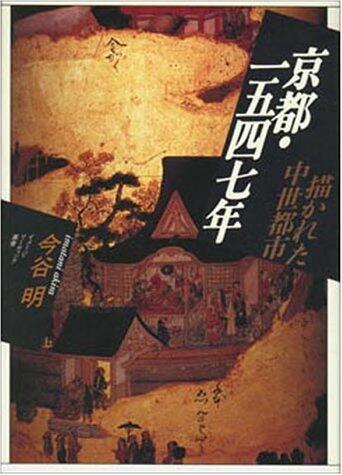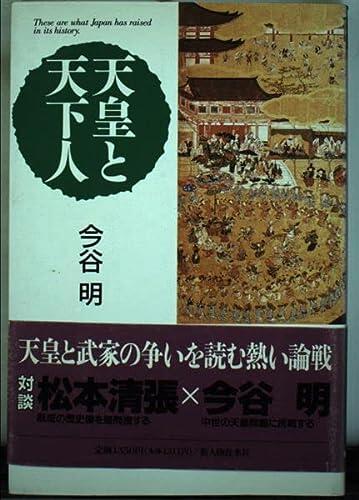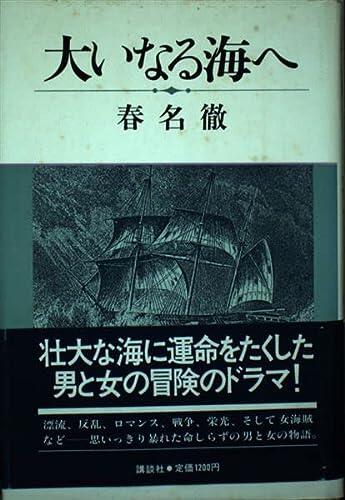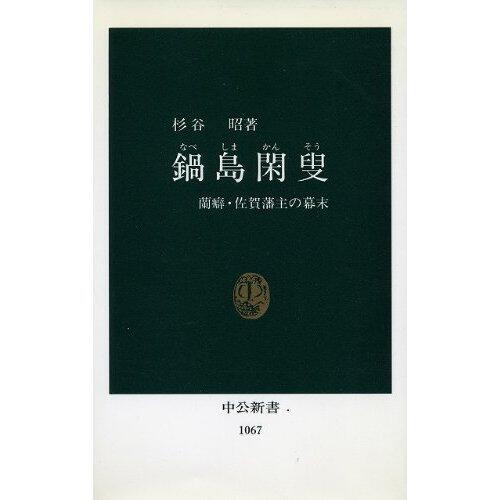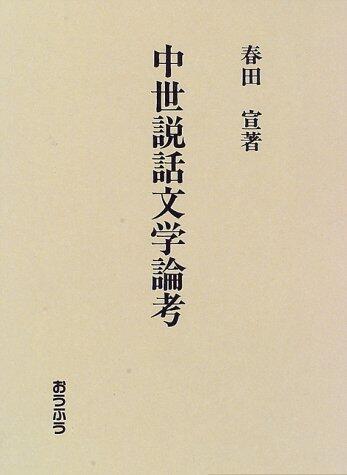
Ryūkyūko Amami no sengo seishinshi: Amerika gunseika no shisō, bunka no kiseki
par
Akira Satohara
Pas encore d'évaluations
History
Format
Relié
Pages
269
Langue
Japonais
Publié
Jan 1, 1994
Éditeur
Gogatsu Shobō
ISBN-10
4772700803
ISBN-13
9784772700801
Description
Akira Satohara delves into the intricate cultural and ideological transformations that transpired in the Amami Islands following the influence of American military governance. This exploration reveals how the unique Ryukyuan identity merged with external forces during the post-war era, leading to a fascinating evolution of societal norms and cultural practices.
Through meticulous research, Satohara illustrates the complexities of cultural exchange and adaptation among the Amami people as they navigated their relationship with the American presence. The author provides a rich tapestry of insights and perspectives that highlight the enduring spirit of the Amami Islands, emphasizing the interplay between preservation of heritage and the impact of modernity.
With thorough bibliographical references, the work serves not only as a historical account but also as a reflection on the broader implications of cultural resilience in the face of socio-political changes. Readers are invited to consider how identities are shaped and reformed over time, making it a significant contribution to the understanding of post-war dynamics in the Ryukyus.
Through meticulous research, Satohara illustrates the complexities of cultural exchange and adaptation among the Amami people as they navigated their relationship with the American presence. The author provides a rich tapestry of insights and perspectives that highlight the enduring spirit of the Amami Islands, emphasizing the interplay between preservation of heritage and the impact of modernity.
With thorough bibliographical references, the work serves not only as a historical account but also as a reflection on the broader implications of cultural resilience in the face of socio-political changes. Readers are invited to consider how identities are shaped and reformed over time, making it a significant contribution to the understanding of post-war dynamics in the Ryukyus.
Avis
Aucun avis pour le moment
Soyez le premier à donner votre avis sur ce livre et partagez vos pensées
Ajouter le premier avisJournal de lecture
Aucun journal de lecture trouvé
Commencez à suivre vos progrès de lecture pour voir les journaux ici
Ajoutez votre premier journal de lectureNotes
Journal des transactions
Aucun journal de transactions trouvé
Commencez à suivre vos transactions de livres pour voir les journaux ici
Ajoutez votre premier journal de transactions